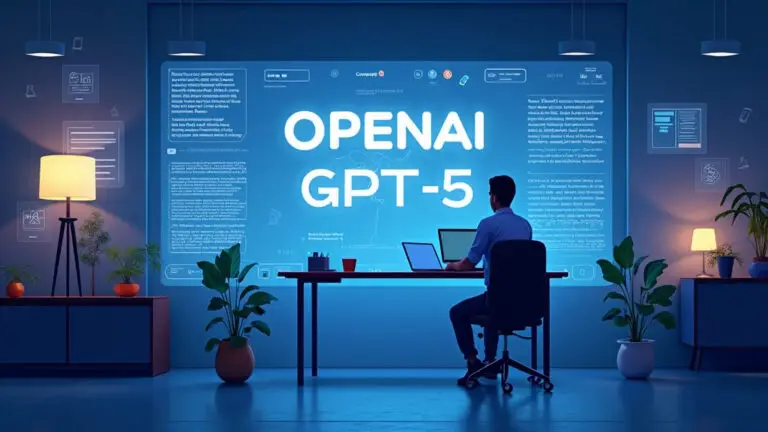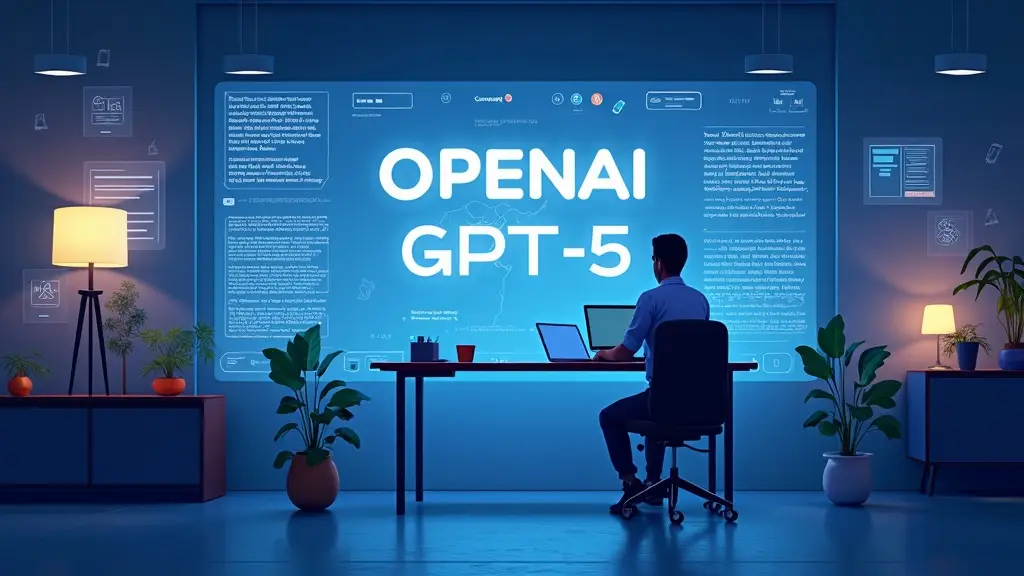Google has recently given advertisers greater scope by launching a new suite of tools powered by artificial intelligence (AI) designed to help brands engage more meaningfully with consumers across the sprawling digital ecosystem. During a virtual roundtable with reporters from Southeast Asia, the Google representative elaborated on advancing technology and how AI is being used across different systems to improve advertisement targeting and personalization.
Reaching Audiences Across Screens: YouTube’s Untapped Potential
Stream video and podcast consumption on YouTube is rapidly becoming popular, which makes Google’s Vice President for Global Ads Dan Taylor’s words ring more than true. Taylor explained that this gives companies a wonderful chance to reach their consumers because they are now fully immersed in the YouTube ecosystem, where the content offered includes short-form videos, podcasts, livestreams, and other advanced features.
“We are experiencing yet another change in engagement with streaming content from the living room. It is multidimensional and covers everything from short-form video podcasts and livestreams to comedies, talk shows, and sports that are loved all over the world,” as noted by Taylor. Emphasizing the scope of the viewership, Taylor also added, “People are collectively watching more than 1 billion hours on average of YouTube content on their television sets.”
The impact of YouTube advertising on smart TV sets is already visible in Taylor’s cited example of South Korea, where younger adults are more responsive to these advertisements when compared to commercials broadcast on traditional linear televisions. “They’re also more likely to say that ads shown on YouTube or connected TV help them make more informed choices,” he noted.
AI Overviews: Merging Intention and Commerce
The integration of Gemini, Google’s generative AI engine, into AI-powered overviews has made answering questions during business hours easier for consumers, as explained by Taylor. He mentions how these summaries assist in providing appropriate responses and aiding in business transactions.
“People interacting with AI overviews are engaging with the ads because they are able to conveniently relate to the pertinent businesses, products, and services they require at the precise moment they are about to take action,” Taylor stated. He noted a sharp rise in commercial queries right after the launch of AI overviews, underscoring their usefulness in directing possible customers to businesses. “In fact, with the launch of AI overviews, we’ve seen the volume of commercial queries increase,” he stated further.
Caption: Google Lens Drives Purchases
The company’s visual search feature, Google Lens, is emerging as a primary focus of consumer interaction for Taylor. He pointed to the growing dependence on Lens in the context of product and information search retrieval. “With Google Lens, people are using their phone cameras to search, and they are searching with me more than ever before,” he asserted. The statistics back this up, as Lens queries amounted to an incredible 20 billion visual searches each month. Most of this activity reflects strong purchase intent. “One in every four of these visual search queries done using Google Lens has commercial intent,” Taylor disclosed.
AI-Powered Campaigns: How Conversation Is Shaping Advertising
Now Google is harnessing the power of generative AI to shift how advertising is created. According to Taylor, advertisers with Google Ads can now interact with the AI in a more conversational manner to set campaigns, automate the scaling of creative content, and make adjustments of editing due to performance data in real time.
“We are enthusiastic about the prospect of amplifying ad personalization in the era of generative AI,” Taylor noted. He foresees the day when artificial intelligence (AI) systems that try to understand a user’s intent will be way more accurate than most systems, allowing for better ads to be served. “To be able to generate or to predict intent in a way that would help join a consumer with a business that more quickly satisfies their need is something we think is going to be a force multiplier for businesses and a key benefit to customers as well,” he said further.
The Significance of Data: Powering AI Efficiency
“I have witnessed media and advertising being revolutionized with AI, but I always consider the central importance of data,” says Taylor. According to him, media planners and practitioners are now paying more attention to data analytics to see which advertisements yield the best results and incorporate the insights back into the campaign. “One of my colleagues always says that AI is only as good as the data that powers it. And so increasingly, we see advertisers, media agencies, and more investing more and more resources into data and analytics capabilities so that they can steer the AI towards the best outcome for their business,” Taylor said.














